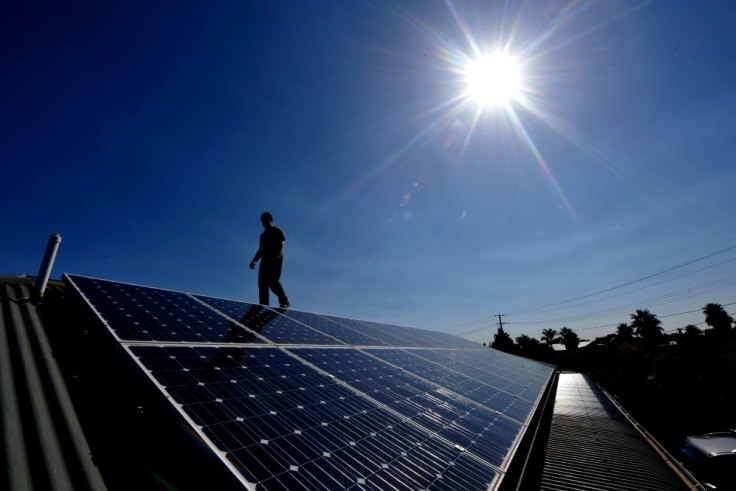South Australia last October became the first major grid in the world to meet all its demand from solar. Some time in the next few months, the state is expected to become the first gigawatt scale grid in the world to meet all its demand just from rooftop solar.
The stunning milestone has been predicted by the Australian Energy Market Operator in its recently released Electricity Statement of Opportunities (ESOO), its annual assessment of demand and supply needs for the next five and ten years.
This year’s ESOO underlines the speed and the scale of the energy transition that is occurring in Australia, despite the lack of a coherent federal policy, and despite the fact that the rules of the market are still trying to catch up with the speed and flexibility of new technologies.
AEMO now considers reaching 100 per cent “instanteneous” renewables penetration on its main grid by 2025 as a “base case” scenario, and is scrambling to ensure that it has the protocols and systems in place to be able to accommodate that.
It is also predicting that rooftop solar could account for up to 75 per cent of total demand across the country’s main grid within five years, but its most striking prediction is that rooftop solar could meet all of South Australia’s demand within the next few months.
“Given (the) rapid growth in distributed PV during 2020 and 2021, AEMO projects that under certain scenarios, South Australia could reach zero or negative demand as early as spring 2021,” it says in the report.
“This means the entire underlying demand in South Australia will be met by distributed resources in certain time periods. AEMO understands this to be a world first for a gigawatt-scale power system.”
If that milestone is to be reached in the next few months, it is likely to happen in October, in sunny conditions when temperatures are mild enough not to trigger large demand for air conditioning. And it’s likely to happen on a weekend, when demand is usually lower due to reduced industrial activity.
Last October, the state became the first in the world to meet all its demand from solar, a mix of large scale and rooftop solar. Since then, more than 250MW of rooftop solar has been added to the state’s grid, allowing for the possibility that rooftop solar alone could meet all demand.
The impact of rooftop solar – and the imminent reality of “negative demand” is a significant turn around for a state whose leading role in the energy transition was blighted by the blackouts of late 2016 and the controversial, and largely unnecessary, load shedding of the following year.
AEMO’s assessment is that South Australia should easily meet the country’s strict reliability standards over the next 10 years, which might seem remarkable for some for a state that already relies on wind and solar to meet more than 60 per cent of its annual demand, and regularly sees wind and solar meeting more than 100 per cent of demand (the excess is exported to Victoria).
The one scenario where AEMO sees the reliability standard not being met is the “hydrogen superpower” scenario, where major renewables hydrogen projects are built to supply green hydrogen and/or green ammonia for transport, industrial uses or export.
AEMO says this won’t be a problem because those projects will be underpinned by commitments to build new large scale wind and solar arrays. it just can’t dial those projects into its projections yet because they have not been “committed”.
“Under this scenario it is assumed that additional supply developments would take place to ensure economic viability of hydrogen industries and other increased consumer and industrial needs,” it says.
In the meantime, South Australia is leading on the rollout of new protocols that allows it to switch off rooftop solar if it feels the grid is at risk – this is most likely to happen when it is worried that it could lose the key transmission links to Victoria.
The state is also commissioning four “synchronous condensers”, spinning machines that mimic the system services of traditional gas generators without burning fuel.
This will allow it to reduce the amount of gas generation it needs in the background to support the grid, and also to nearly double the amount of wind and solar it allows to be generated at any one time.
Eventually, AEMO expects battery inverters acting as “virtual synchronous machines” to deliver the same services.
The state Liberal government has a target of reaching “net 100 per cent renewables” before 2030, but this is likely to occur well before then, particularly after the new Project EnergyConnect transmission link to NSW is completed in 2025, unlocking more large scale wind and solar and battery projects along the route.
See also: “World first”: South Australia achieves 100pct solar, and lowest prices in Australia










